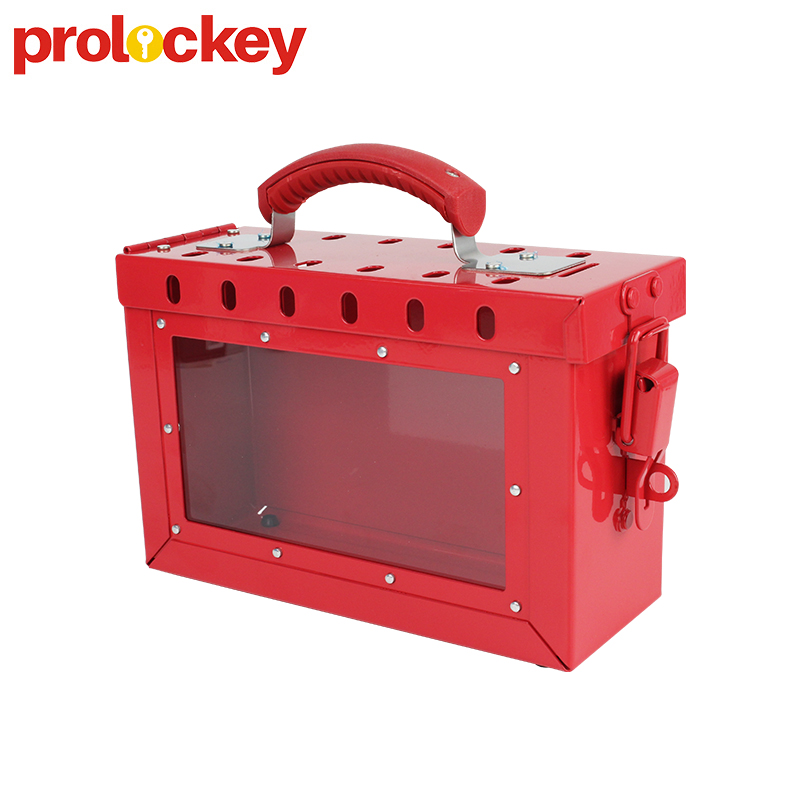How to use a collective lock box: Ensure workplace safety
In today’s fast-paced and dynamic work environment, safety is of Paramount importance. In order to prevent accidents and protect employees, it is essential to implement effective locking/tagging procedures. One tool that plays an important role in this process is the group lock box. This article will guide you on how to effectively use group lock boxes and keep your employees safe.
1. Understand the purpose of the group lock frame
A group lock box is a secure container that can hold multiple locking devices. Used when multiple workers are involved in the maintenance or repair of a particular piece of equipment. The main purpose of a group lock box is to prevent accidental re-energizing of a machine or equipment during maintenance or repair.
2. Assemble the group lock box
First, gather all the necessary locking equipment, such as padlocks, locking clasps, and locking labels. Make sure that every worker involved in the maintenance or repair process has his or her own padlock and key. This enables separate control of the locking process.
3. Identify energy sources
Before starting any maintenance or repair work, it is crucial to determine all the energy sources associated with the equipment. This includes electrical, mechanical, hydraulic, pneumatic and thermal energy. By understanding the energy sources, you can effectively isolate and control them during the locking process.
4. Run the lock procedure
Once the energy source has been identified, follow these steps to perform the lock procedure using the group lock box:
a. Notify all affected employees: Notify all employees who may be affected by the shutdown procedure of upcoming maintenance or repair work. This ensures that everyone is aware of the potential dangers and the need for closure.
b. Shut down the device: shut down the device according to the corresponding shutdown procedure. Follow manufacturer’s guidelines or standard operating procedures to ensure safe shutdown.
c. Isolated energy sources: Identify and isolate all energy sources associated with the equipment. This may involve closing valves, disconnecting power, or blocking the flow of energy.
d. Install locking device: Every worker involved in the maintenance or repair process should install their padlock on the locking buckle, ensuring that it cannot be removed without a key. Then fasten the locking buckle to the group locking box.
e. Lock the key: After all padlocks are in place, the key should be locked in the group lock box. This ensures that no one can access the key and restart the device without the knowledge and consent of all the workers involved.
5. The locking process is being completed
After maintenance or repair work is completed, the locking procedure must be properly ended. Follow these steps:
a. Remove the locking device: Each worker should remove the padlock from the locking buckle to show that they have completed their task and are no longer exposed to any potential hazards.
b. Check the device: Before powering on the device, perform a thorough check to ensure that no tools, devices, or personnel enter the area and that the device is working properly.
c. Restore energy: according to the corresponding start-up procedures, gradually restore the energy of the equipment. Monitor equipment closely for anomalies or malfunctions.
d. Document the lock procedure: The lock procedure must be documented, including the date, time, equipment involved, and the names of all workers performing the lock. This document serves as a record of compliance for future reference.
By following these guidelines, you can effectively utilize the group lock box and ensure the safety of your employees during maintenance or repair activities. Keep in mind that safety is Paramount in any workplace and implementing proper locking/tagging procedures is a key step in achieving a safe work environment.

Post time: Mar-23-2024






